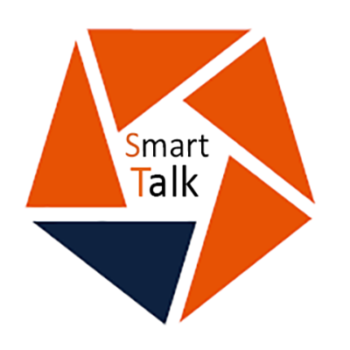In continuing some thought provokers on this topic from previous posts, some commentary is made here with respect to technical offerings to support the development of the DSO environment.
Distributed Energy Resources.
These are available in abundance, with many of the present day examples or emerging examples listed below:
– Micro generation (hydro,pv,wind etc)
– Storage (li-ion, or flow battery across or range of capacities)
– Storage (heat and cold sources)
– Load aggregation to provide demand side response
Control Platforms for Active Network Management
Within the UK alone there are a number of active network management solutions which have been developed as a consequence of network innovation stimulus, development of existing control arrangements or through start up organisations.
Many of these control systems are bespoke around a set of key parameters and often come with adaptions to enable them to be deployed to a range of applications. Algorithm development, software code cutting and integration with industry systems are all key aspects of the requirements of such systems. There are a number of systems which have been successfully deployed and have a good track record of success. Similarly, on an international stage examples exist of positive deployment of these systems.
The thought provokers highlighted here are:
-Technology capability exits and can be deployed.
– Scale deployment to a business as usual environment requires market enablers to stimulate the DSO supply/demand arena – this can be achieved by enabling DSO legislation.
– The cost of these solutions cannot thought of as “free” – the IT, telecommunication infrastructure is all additional cost, all with potential shorter replacement cycles than traditional network primary assets.
– It would be inappropriate to think that this additional cost can be met from TSO level costs savings (even under the consumer power scenario (from National Grid’s future energy scenario) there is only envisaged a 50% penetration of local supply/demand balance activity.
– It would be totally appropriate to expect this technology additional cost to be allowable to the DSO (at whatever level) as ultimately it Is optimising utilisation of Distribution network assets and potentially avoiding significant large thermal generation investment.
Establishing the economics of funding for DSO led solutions requires careful thought. The additional technology is not cost free; but it has the potential to avoid significant other costs, in the total energy market.

